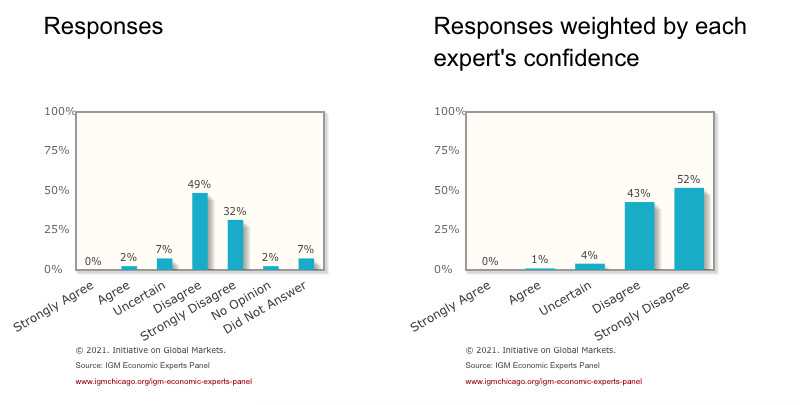Rent Control: Definition, How It Works, Vs. Rent Stabilization
Rent control is a government policy that limits the amount landlords can charge for rent on residential properties. It is designed to protect tenants from excessive rent increases and ensure affordable housing options are available in high-cost areas.
Under rent control, there are typically limits on how much landlords can increase rent each year. These limits are set by local governments and vary depending on the location. The goal is to prevent landlords from taking advantage of high demand and increasing rents beyond what tenants can afford.
Rent control is often confused with rent stabilization, but there are some key differences between the two. Rent stabilization typically applies to buildings constructed before a certain year, while rent control can apply to both older and newer buildings. Additionally, rent stabilization often allows for larger rent increases than rent control.
How does rent control work? Landlords are required to register their rental properties with the local government and adhere to the rent control regulations. They must provide notice to tenants of any rent increases and cannot exceed the maximum allowable increase set by the government.
What is Rent Control?
Rent control is a government policy that limits the amount landlords can charge for rent on residential properties. It is designed to protect tenants from excessive rent increases and to ensure affordable housing options are available in high-cost areas.
How does Rent Control work?
Rent control policies can also include provisions that limit the frequency and amount of rent increases. For example, a rent control policy may specify that rent can only be increased by a certain percentage each year or that rent can only be increased when certain conditions are met, such as improvements to the property.
In addition to rent limits, rent control policies may also provide other tenant protections. These can include restrictions on evictions, requirements for landlords to provide certain amenities or services, and regulations on the conditions of rental properties.
Benefits and drawbacks of Rent Control
Rent control policies are often implemented with the goal of providing affordable housing options and protecting tenants from rent hikes. They can help to stabilize rental prices in high-cost areas and prevent displacement of long-term residents.
However, rent control policies can also have drawbacks. Critics argue that rent control can discourage investment in rental properties, leading to a decrease in the overall supply of rental housing. This can result in a shortage of affordable housing options and make it difficult for new tenants to find rental properties.
Furthermore, rent control policies may create incentives for landlords to convert rental properties into other uses, such as condominiums or commercial spaces, in order to avoid rent control regulations. This can further reduce the availability of rental housing.
Conclusion
Rent control is a government policy that aims to regulate rental prices and protect tenants from excessive rent increases. While it can provide affordable housing options and stability for tenants, it can also have unintended consequences such as a decrease in rental housing supply. The effectiveness of rent control policies depends on careful implementation and consideration of the local housing market dynamics.
How Rent Control Works

Rent control is a government policy that aims to regulate the amount of rent that landlords can charge for residential properties. It is typically implemented in areas where there is a high demand for housing and limited supply, leading to skyrocketing rental prices.
Under rent control, the government sets a maximum limit on how much a landlord can increase the rent each year. This limit is usually based on a percentage of the current rent or the consumer price index. Landlords are not allowed to raise the rent above this limit, even if market conditions would otherwise justify a higher increase.
However, rent control can also have unintended consequences. By limiting the amount of rent that can be charged, it may discourage landlords from making necessary repairs or improvements to their properties. This can lead to a decrease in the quality of housing available to tenants.
Furthermore, rent control can create a disincentive for developers to build new rental properties. If they are unable to charge market rates for their units, it may not be financially viable for them to invest in new construction. This can exacerbate the housing shortage problem in areas with high demand.
Overall, rent control is a complex and controversial policy that attempts to balance the interests of tenants and landlords. While it can provide affordable housing options and protect tenants from excessive rent increases, it can also have negative effects on the quality and quantity of rental housing available.

Emily Bibb simplifies finance through bestselling books and articles, bridging complex concepts for everyday understanding. Engaging audiences via social media, she shares insights for financial success. Active in seminars and philanthropy, Bibb aims to create a more financially informed society, driven by her passion for empowering others.
